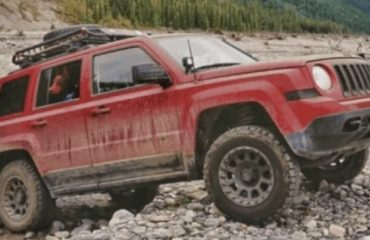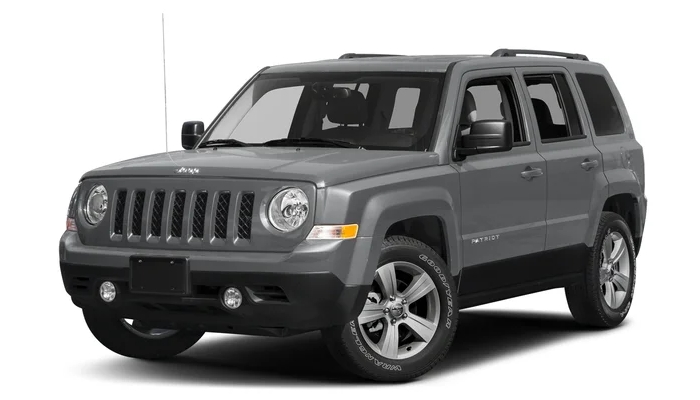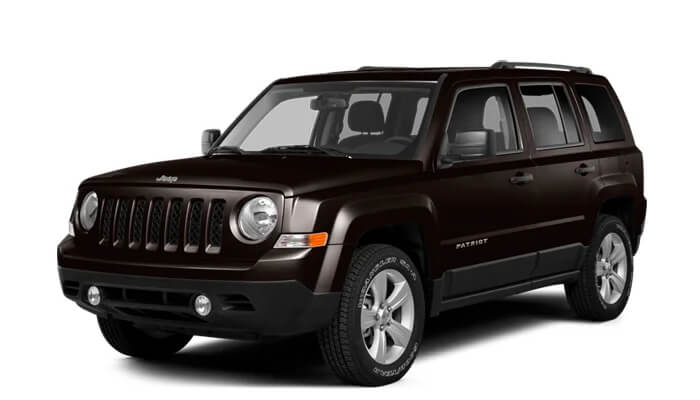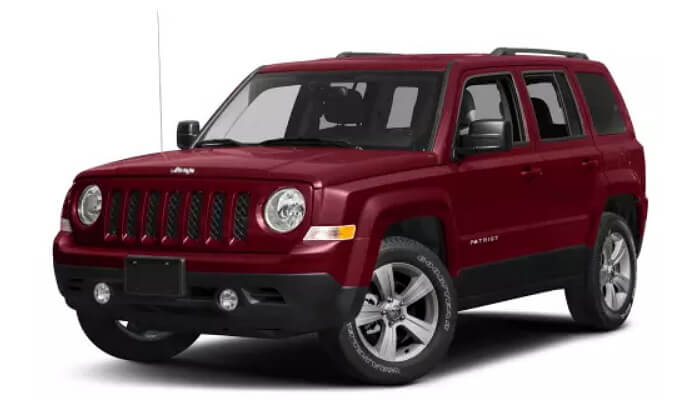
The Jeep Patriot, a classic American vehicle, is cherished for its rugged capability and durability. However, like any vehicle, it can face certain issues. This guide aims to assist Jeep Patriot owners in identifying these issues and providing practical solutions.
Common Problems with the Jeep Patriot
Transmission Issues
One of the common problems with the Jeep Patriot involves transmission issues, particularly with the continuously variable transmission (CVT). Symptoms may include harsh or delayed gear shifts or a noticeable whining noise. Jeep Patriots, especially those with a Continuously Variable Transmission (CVT), are known to experience certain transmission issues. Here’s a closer look at some of these problems, their symptoms, and potential solutions.
Products are available — click below to view them!
SEE DETAILS ON EBAY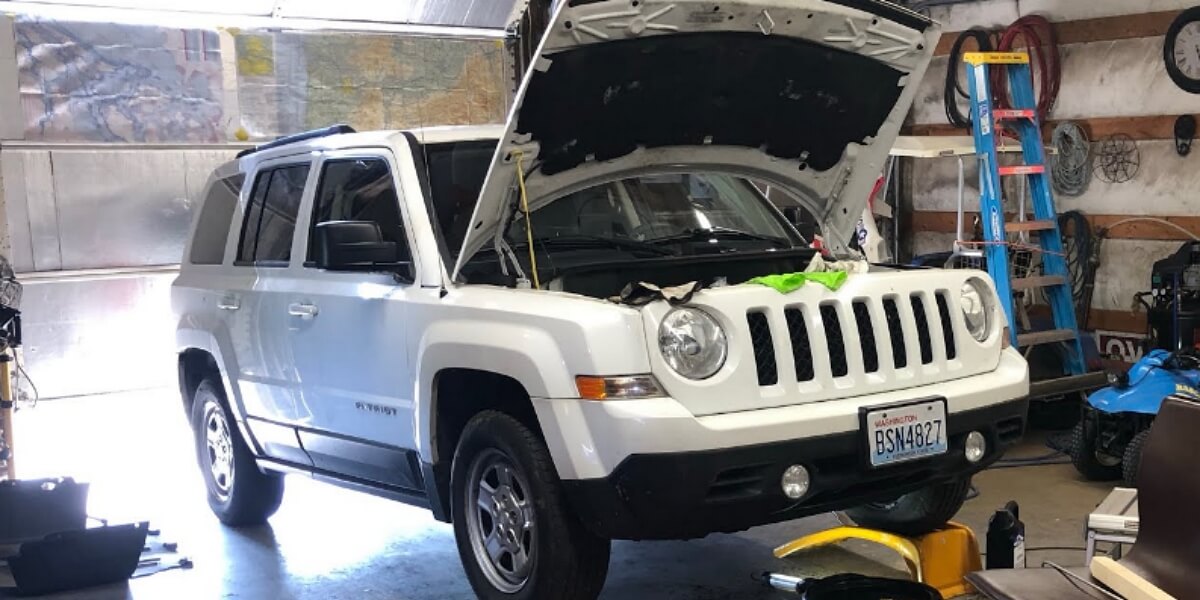
CVT Overheating
One of the more common transmission issues with Jeep Patriots involves overheating of the CVT. This can be caused by several factors including hard driving, towing heavy loads, or simply due to hot weather conditions.
Symptoms. The vehicle will typically alert the driver with a warning light that reads “Transmission Over Temp.” When this light comes on, the transmission is hot and needs to cool down.
Troubleshooting & Solution. If this warning light comes on, pull over to a safe place and allow the vehicle to idle in neutral until the light turns off. To prevent this issue in the future, consider installing a transmission cooler, especially if you frequently tow or live in hot climates.
Transmission Slipping
This issue is particularly prevalent in Jeep Patriots with high mileage. Slipping can occur when the transmission’s components are worn or when the transmission fluid is old or low.
Symptoms. If your vehicle’s RPMs spike without a corresponding increase in speed, or if the vehicle struggles to shift into a higher gear, it could indicate that the transmission is slipping.
Troubleshooting & Solution. This issue often requires a mechanic’s expertise. They’ll need to inspect the transmission fluid (level and quality) and possibly the transmission itself. A transmission fluid change might solve the problem, but if wear and tear is the culprit, a transmission rebuild or replacement might be necessary.
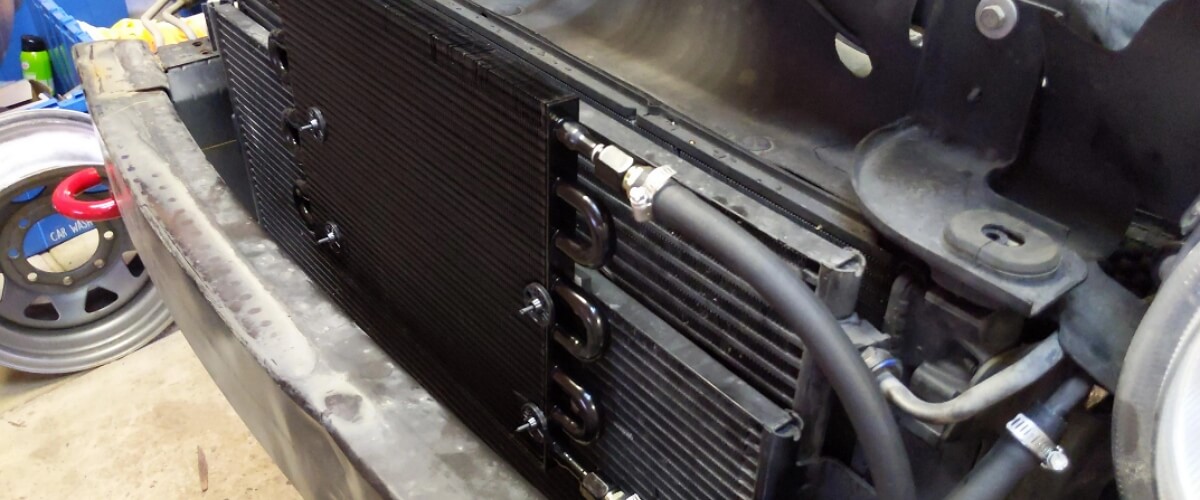
Delayed Gear Shifting
A delay in gear shifting is another common problem that Jeep Patriots may encounter. This problem can be caused by worn-out transmission bands, low transmission fluid, or issues with the transmission’s solenoids.
Symptoms. If your Jeep Patriot delays before engaging into drive or reverse from park or neutral, or if there’s a significant delay when shifting between gears while driving, it might be experiencing this issue.
Troubleshooting & Solution. Again, a mechanic’s expertise is often required for this issue. They’ll need to check the transmission fluid, the condition of the transmission bands, and the solenoids. Replacing the fluid or the faulty component usually solves this problem.
Remember, transmission issues can be complex and often require professional diagnosis and repair. Regular maintenance, including timely transmission fluid changes, can help prevent many common transmission issues.
Engine Problems
Some owners have reported engine problems, including excessive oil consumption, coolant leaks, and in rare cases, engine stalling. These issues can affect the vehicle’s performance and fuel economy. Jeep Patriots, like any vehicle, can have their share of engine issues. Here, we’ll delve into some of these common problems, their symptoms, and potential solutions.
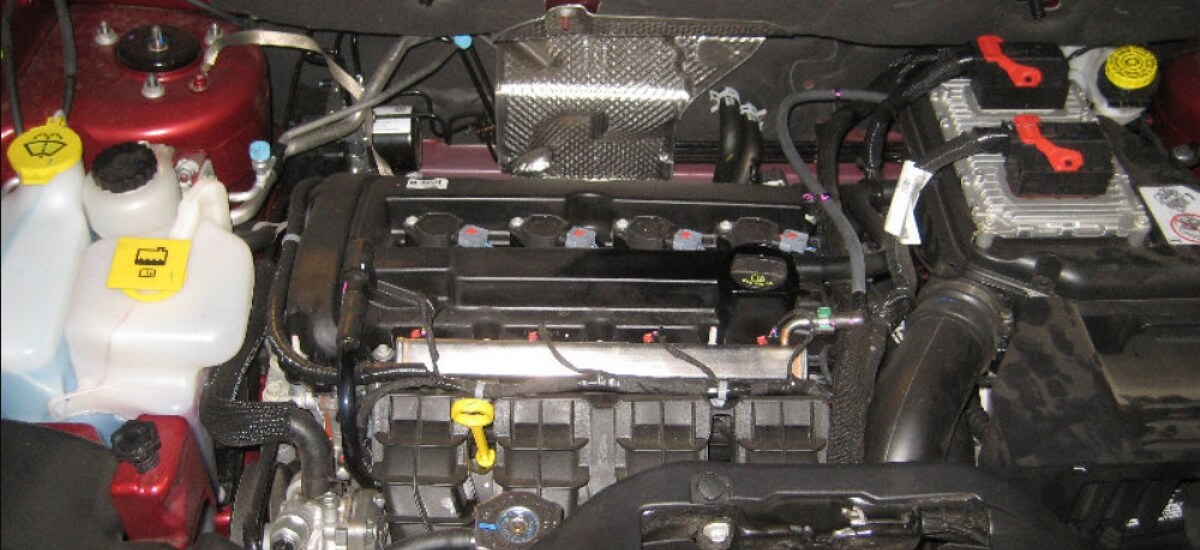
Engine Stalling or Misfiring
Engine stalling or misfiring is a common problem, especially in older models or high-mileage Jeep Patriots.
Symptoms. The engine might suddenly stop running while you’re driving or at idle. In case of a misfire, the engine might run unevenly, causing your vehicle to jerk or stutter.
Troubleshooting & Solution. Stalling or misfiring could be due to several issues like problems with the fuel system, ignition system, or even the engine control unit (ECU). A professional mechanic should diagnose the exact cause. Solutions can range from changing spark plugs or fuel filters to more complex tasks like replacing the ECU.
Excessive Oil Consumption
Some Jeep Patriots have been reported to consume oil excessively, leading to engine problems.
Symptoms. If your Jeep is frequently low on oil between regular oil changes, or if you notice black exhaust smoke or a decrease in engine performance, it might be consuming excessive oil.
Troubleshooting & Solution. This could be due to worn engine components, such as piston rings or valve seals. An oil leak could also be the culprit. These issues need a mechanic’s attention. Depending on the cause, solutions can involve engine part replacements or fixing oil leaks.
Overheating Engine
Overheating is another common engine problem faced by Jeep Patriot owners.
Symptoms. If the temperature gauge on your dashboard reads higher than normal, or if you see steam coming from under the hood, your engine might be overheating.
Troubleshooting & Solution. Common causes of overheating include coolant leaks, a faulty thermostat, or a failing water pump. Checking the coolant level and the condition of the thermostat and water pump can help identify the problem. Solutions could include adding coolant, replacing the thermostat, or servicing the water pump.
Remember, regular maintenance, including timely oil changes, and coolant checks, can help prevent many common engine issues. But if you notice any persistent symptoms of engine trouble, it’s best to have your Jeep Patriot checked by a professional mechanic.
Suspension and Steering Issues
Suspension and steering issues are also among the reported problems, with symptoms including irregular tire wear, issues with alignment, or a shaking steering wheel. While the Jeep Patriot is built for rugged terrains, it’s not immune to steering and suspension issues. Here are a few common problems, along with their symptoms and solutions.
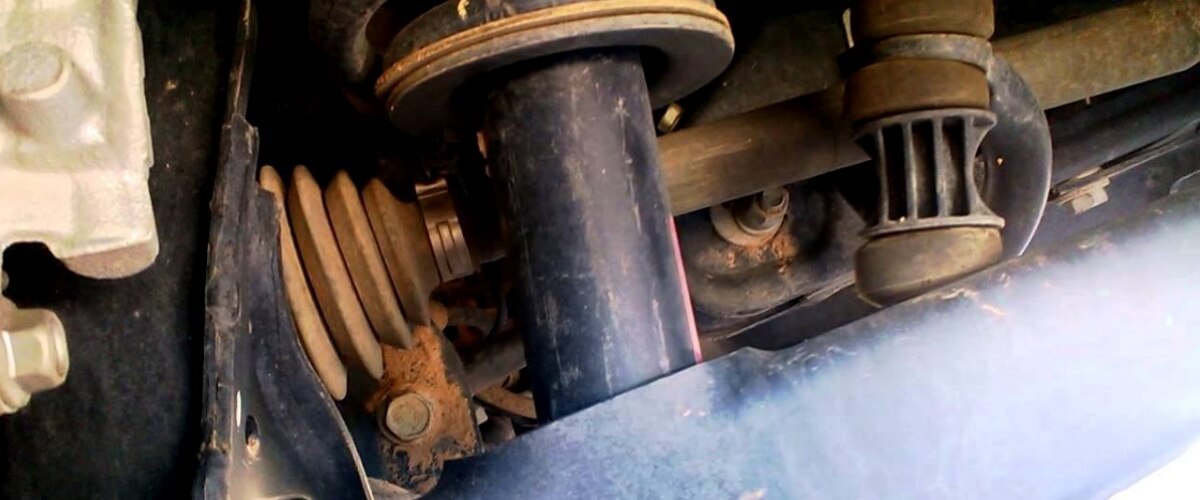
Tie Rod End Wear
Tie rod ends are essential components that connect the steering gear to the wheel. Over time, they can wear out and cause steering issues.
Symptoms. Excessive tire wear, a loose or shaky steering wheel, and squeaking noises when turning are common symptoms.
Troubleshooting & Solution. A mechanic can check for play in the tie rod ends. If they’re worn, they should be replaced. Regular inspections and timely replacements can prevent further damage to other steering components and tires.
Ball Joint Failure
Ball joints act as pivots between the wheels and suspension and allow the wheels to move freely. They can fail due to wear and tear or lack of lubrication.
Symptoms. Unusual noises when going over bumps, increased tire wear, or wandering steering are signs of potential ball joint failure.
Troubleshooting & Solution. A mechanic can inspect the ball joints for play or damage. If they’re found to be faulty, they’ll need to be replaced.
Strut and Shock Absorber Problems
Struts and shock absorbers are key to the Jeep Patriot’s suspension system. They absorb road shocks but can wear out or leak over time.
Symptoms. A rough or bouncy ride, poor handling, or uneven tire wear could indicate an issue with the struts or shock absorbers.
Troubleshooting & Solution. A mechanic will inspect these components for signs of leakage or damage. Replacements might be necessary if they’re worn out.
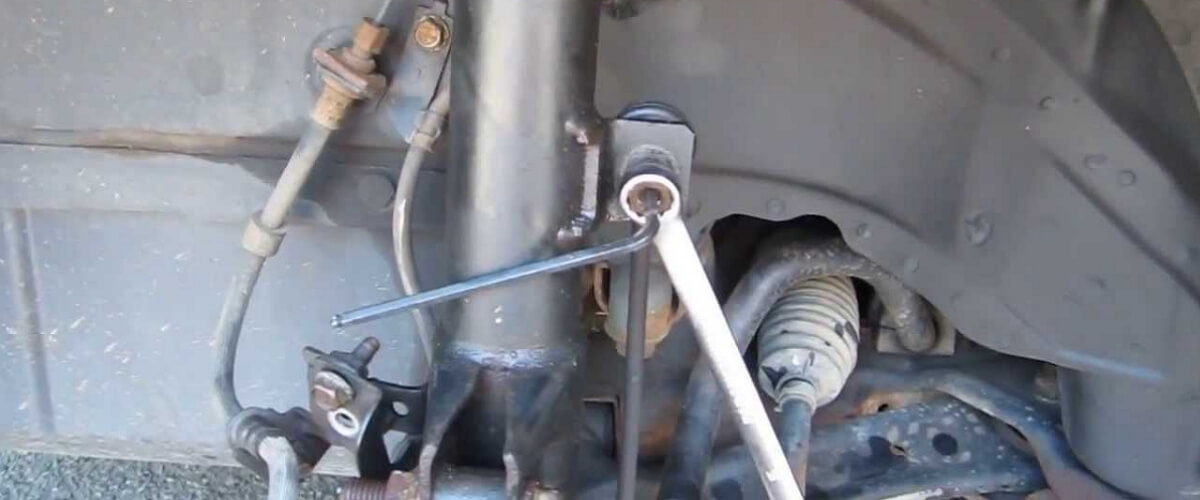
Power Steering Failure
Power steering failure is another problem that some Jeep Patriot owners might encounter. It can occur due to a variety of reasons, including power steering pump failure or leakage in the power steering fluid.
Symptoms. Difficulty in steering, particularly at low speeds, or whining noise when you turn the steering wheel.
Troubleshooting & Solution. A mechanic should check the power steering fluid and the condition of the power steering pump. Refilling the fluid or replacing the pump could resolve the issue.
Regular maintenance and inspections can help identify and address these suspension and steering issues before they become serious problems. It’s always best to consult a professional mechanic if you notice any persistent issues with your Jeep Patriot’s steering or suspension.
Preventative Measures and Solutions
- Regular maintenance checks. Regular maintenance is vital in preventing these common issues. This includes regular oil changes, fluid checks, brake inspections, and tire rotations. An oil change can cost between $20-$50, depending on the oil used and your location.
- Efficient fuel usage. Proper fuel management can also play a significant role in maintaining your Jeep Patriot’s health. Avoid running your fuel tank down to empty, as this could cause the fuel pump to overheat.
- Choosing quality parts and accessories. Selecting quality parts and accessories can go a long way in preventing issues. While it may seem more cost-effective to choose cheaper parts initially, in the long run, higher-quality components can save you money by lasting longer and performing better.

Choosing Quality Replacement Parts and Accessories [Mechanic’s Recommendations]
Selecting the right replacement parts and accessories is vital to maintain the performance and longevity of your Jeep Patriot. Here are a few expert recommendations:
- Prioritize quality over price. While budget is a significant consideration, quality should always take precedence. Cheaper parts might save you money in the short term, but they can wear out faster, leading to more frequent replacements and potentially causing damage to other parts.
- Choose OEM or reliable aftermarket parts. OEM (Original Equipment Manufacturer) parts are usually the best choice as they’re designed specifically for your Jeep Patriot model. However, reliable aftermarket parts can be just as good and sometimes offer more variety. Do your research and opt for well-known brands that have good customer reviews.
- Check compatibility. Ensure the parts or accessories are compatible with your specific Jeep Patriot model and year. Even within the same model, designs can change from year to year.
- Look for warranties. Warranties provide an assurance of the part’s quality and durability. If a manufacturer offers a warranty, it means they stand behind their product.
- Consult a professional. If you’re unsure about a part or accessory, consult with a mechanic or a Jeep specialist. They can provide guidance based on their expertise and experience with various brands and products.
- Consider your Jeep’s needs. If you regularly go off-roading in your Jeep Patriot, you might need to opt for heavy-duty parts and accessories. On the other hand, for city driving, standard parts will usually suffice.
- Read product reviews. Online reviews can be a valuable resource. Look for reviews from other Jeep Patriot owners to see how the part or accessory performed in real-world scenarios.
- Purchase from reputable sellers. Whether you’re buying online or in-store, make sure to purchase from a reputable seller. This helps ensure you’re getting a genuine product and not a counterfeit.
Remember, the right parts can greatly influence your Jeep Patriot’s performance, safety, and resale value. Take the time to research and choose wisely.
While the Jeep Patriot may have its share of common problems, regular maintenance and a proactive approach to care can mitigate these issues. Stay ahead of potential problems with regular check-ups and using quality parts and accessories. Doing so will help you enjoy the full potential of your Jeep Patriot, whether it’s off-roading adventures or everyday driving.
Questions and Answers
Q: How often should I change the oil in my Jeep Patriot?
A: It’s generally recommended to change your oil every 3,000 to 5,000 miles, depending on the type of oil you use.
Q: What type of transmission fluid should I use for my Jeep Patriot?
A: It’s best to use CVT fluid for your Jeep Patriot if it has a CVT.
Q: My Jeep Patriot is consuming excessive oil. What could be the problem?
A: This could be due to a variety of issues, including a leaky gasket or worn piston rings. It’s best to have a mechanic inspect your vehicle.
Q: How can I improve the fuel efficiency of my Jeep Patriot?
A: Regular maintenance, correct tire pressure, and avoiding unnecessary idling can help improve fuel efficiency.
Q: How often should I rotate the tires on my Jeep Patriot?
A: It’s recommended to rotate your tires every 6,000 to 8,000 miles.
Q: What could cause the steering wheel to shake in my Jeep Patriot?
A: This could be due to an issue with alignment, worn suspension components, or an imbalance in your tires.
Q: How can I avoid transmission issues in my Jeep Patriot?
A: Regular maintenance and fluid changes can help keep your transmission in good condition.
Q: How much does it cost to replace the transmission in a Jeep Patriot?
A: The cost can vary widely, but it typically ranges from $1,500 to $3,500.
Q: How much coolant does a Jeep Patriot need?
A: The Jeep Patriot typically needs around 2 gallons of coolant, but it can vary depending on the model year.
Q: Are there any recalls I should be aware of for the Jeep Patriot?
A: There have been several recalls for various model years of the Jeep Patriot. You can check the NHTSA website for specific recall information.



